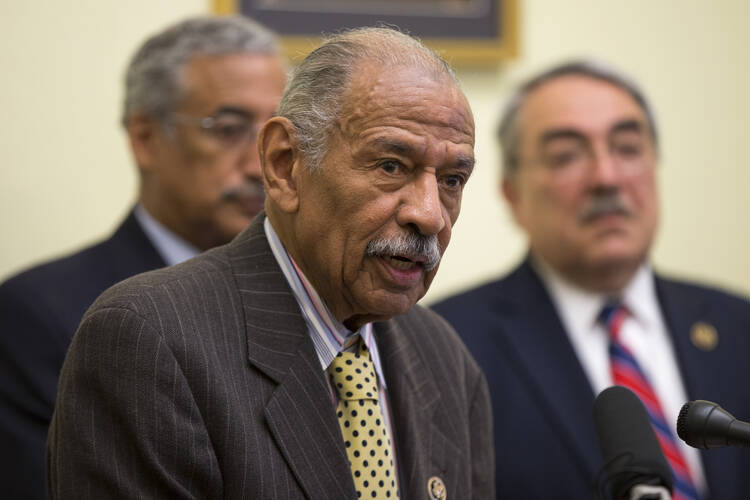Six decades after the Supreme Court outlawed separating students by race, stubborn disparities persist in how the country educates its poor and minority children.
A report on May 17 by the nonpartisan Government Accountability Office found deepening segregation of black and Hispanic students nationwide, with a large increase among K-12 public schools. And these schools offered fewer math, science and college prep classes, while having higher rates of students who are held back in ninth grade, suspended or expelled.
"Segregation in public K-12 schools isn't getting better. It's getting worse, and getting worse quickly," Rep. Bobby Scott of Virginia said. The analysis, he said, confirmed that America's schools are largely segregated by race and class, leaving more than 20 million students of color "attending racially and socioeconomically isolated public schools."
"This report is a national call to action," said Scott, the House education committee's top Democrat and among the lawmakers who requested the study.
Schools with high concentrations of poor and black or Hispanic students jumped to 16 percent by the 2013-2014 school year, the review of Education Department data found. At the start of the millennium, the share was only 9 percent. Student bodies at these schools are at least 75 percent black or Hispanic.
These schools tended to provide fewer math courses, with calculus and seventh grade and eighth grade algebra seen as particularly lacking. In science, they had less biology, chemistry and physics courses than their more affluent counterparts with fewer minority students.
Less than half of the mostly poor, mostly minority schools offered AP math courses.
Looking at all public schools, the report found low-income and minority students were far less likely to enroll in these more rigorous courses.
The report's release coincided with the 62nd anniversary of Brown v. Board of Education decision, which declared segregated schools unconstitutional.
Further reading: America's editors on "Our Segregated Schools."








